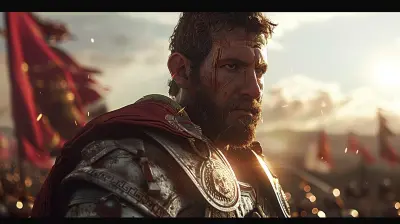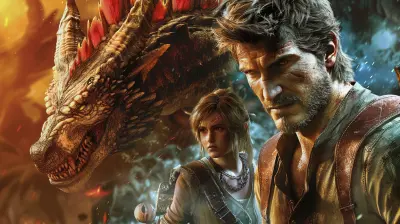Exploring Diversity and Inclusion in the Gaming Industry
17 June 2025
The gaming industry has come a long way since its humble, pixelated beginnings. What started as simple blocks moving across a dimly lit screen has blossomed into a multibillion-dollar industry featuring immersive worlds, compelling stories, and vibrant communities. But let’s address the proverbial elephant that's been lurking in the virtual room: diversity and inclusion.
Chances are, if you’ve spent any time in the gaming space, you’ve come across conversations about representation, accessibility, and inclusivity. These are important topics—ones we can’t just "pause" and come back to later. So, grab your controller (or keyboard) and settle in as we explore the progress, challenges, and future of diversity and inclusion in the gaming industry. 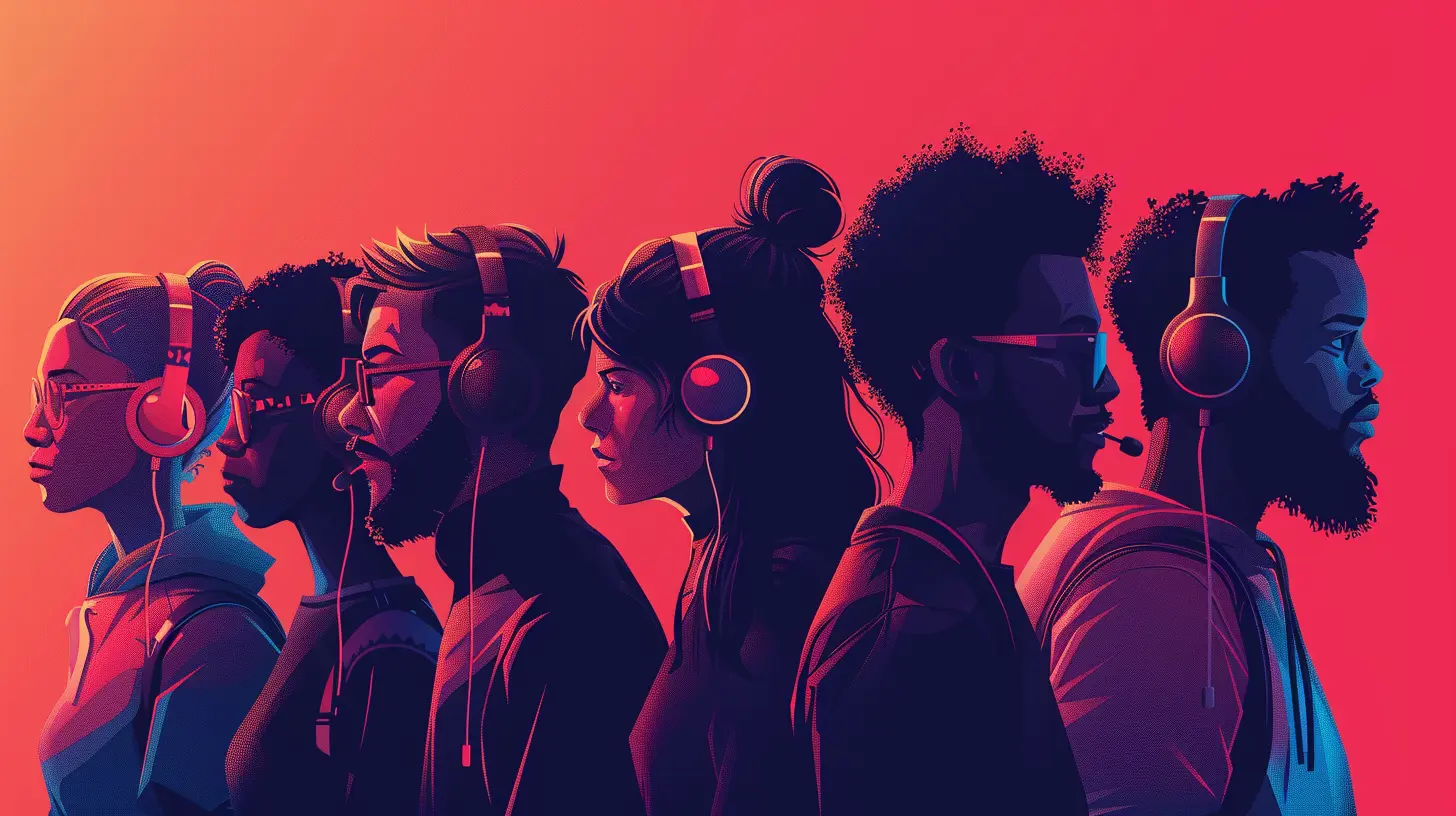
Why Diversity in Gaming Matters
Let’s take a step back and answer an essential question: why does diversity in gaming even matter? Well, imagine if every game featured the same protagonist—a stoic, brown-haired, middle-aged man saving the world for the umpteenth time. Yawn. That’s not only boring, but it completely ignores the fact that gamers come from all walks of life.A more inclusive gaming industry means more people can see themselves reflected in games. Think of gaming as a mirror. If that mirror only reflects a narrow slice of humanity, it leaves out everyone else. Inclusivity enhances storytelling, fosters creativity, and, honestly, makes the games way more fun. After all, who doesn’t want to play a game where their unique experiences are represented? 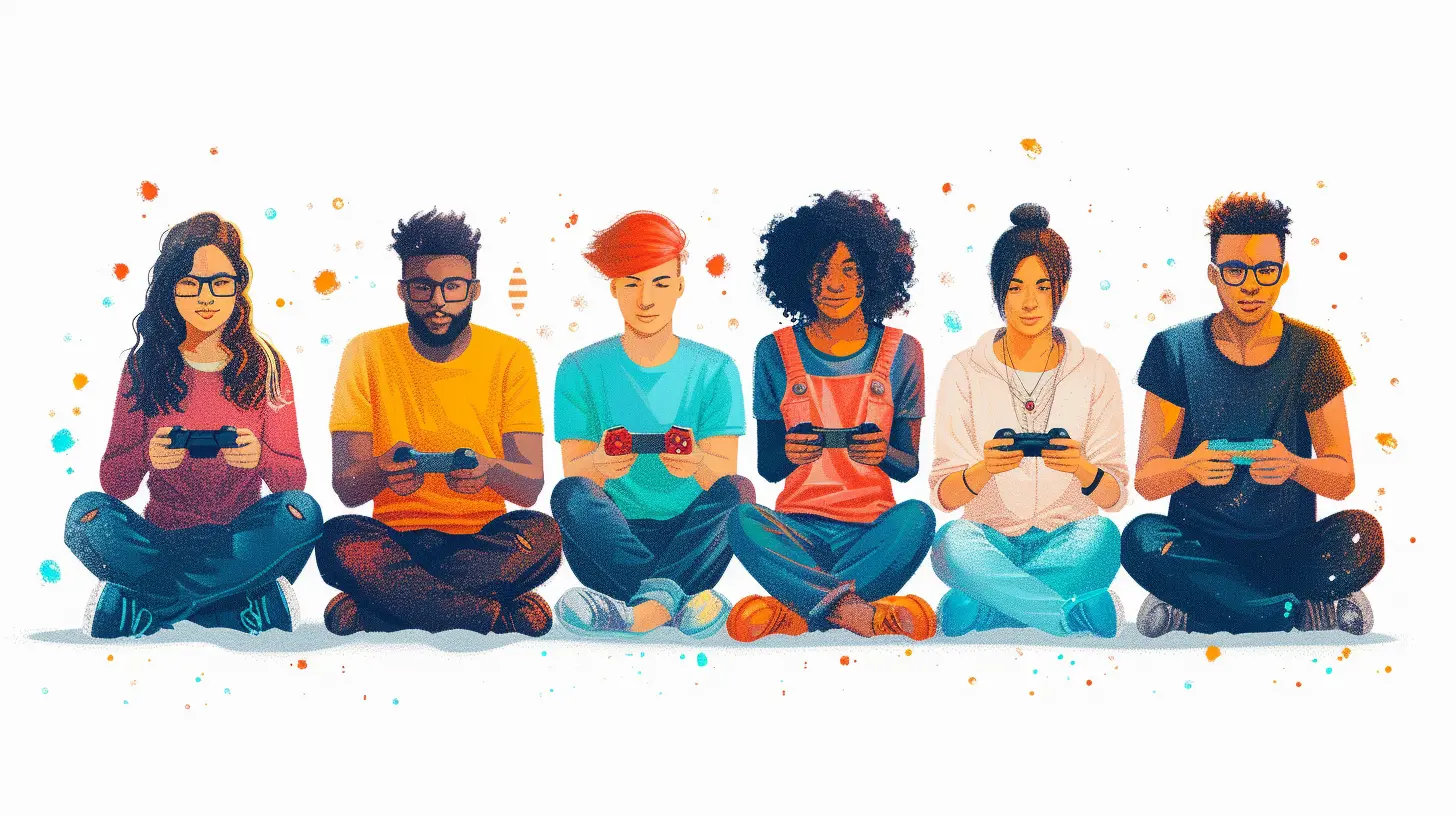
Representation in Games: Progress and Pitfalls
The Good News: Progress is Happening
Let’s give credit where credit’s due. Many developers are stepping up their game (pun intended) when it comes to creating diverse characters and stories. Games like The Last of Us Part II and Life is Strange have showcased LGBTQ+ protagonists in ways that feel authentic and relatable. Meanwhile, Black Panther's success in cinema sparked similar conversations in gaming about celebrating Black culture and heritage.Then there’s Spider-Man: Miles Morales, which hit the nail on the head by not only featuring a Black and Puerto Rican protagonist but also weaving his cultural identity into the game’s storyline. And let’s not forget Horizon Zero Dawn, where Aloy challenged the gender norms of what a “female lead” in a video game should look like.
These aren’t just token gestures. They’re proof that the industry is starting to listen to its audience—and the audience is demanding better representation.
The Bad News: There’s Still a Long Way to Go
But let’s not get too comfortable. Many games still fall into lazy stereotypes or fail to include diverse characters at all. For instance, people of color, women, and nonbinary characters remain underrepresented across genres. And when these groups are featured, they’re often relegated to sidekick status or subjected to harmful tropes.It’s not just about who’s on the screen, either. Behind the scenes, the lack of diversity among developers, storytellers, and decision-makers is a glaring problem. How can we expect inclusive games when the teams creating them don’t reflect the diversity of the gaming community? 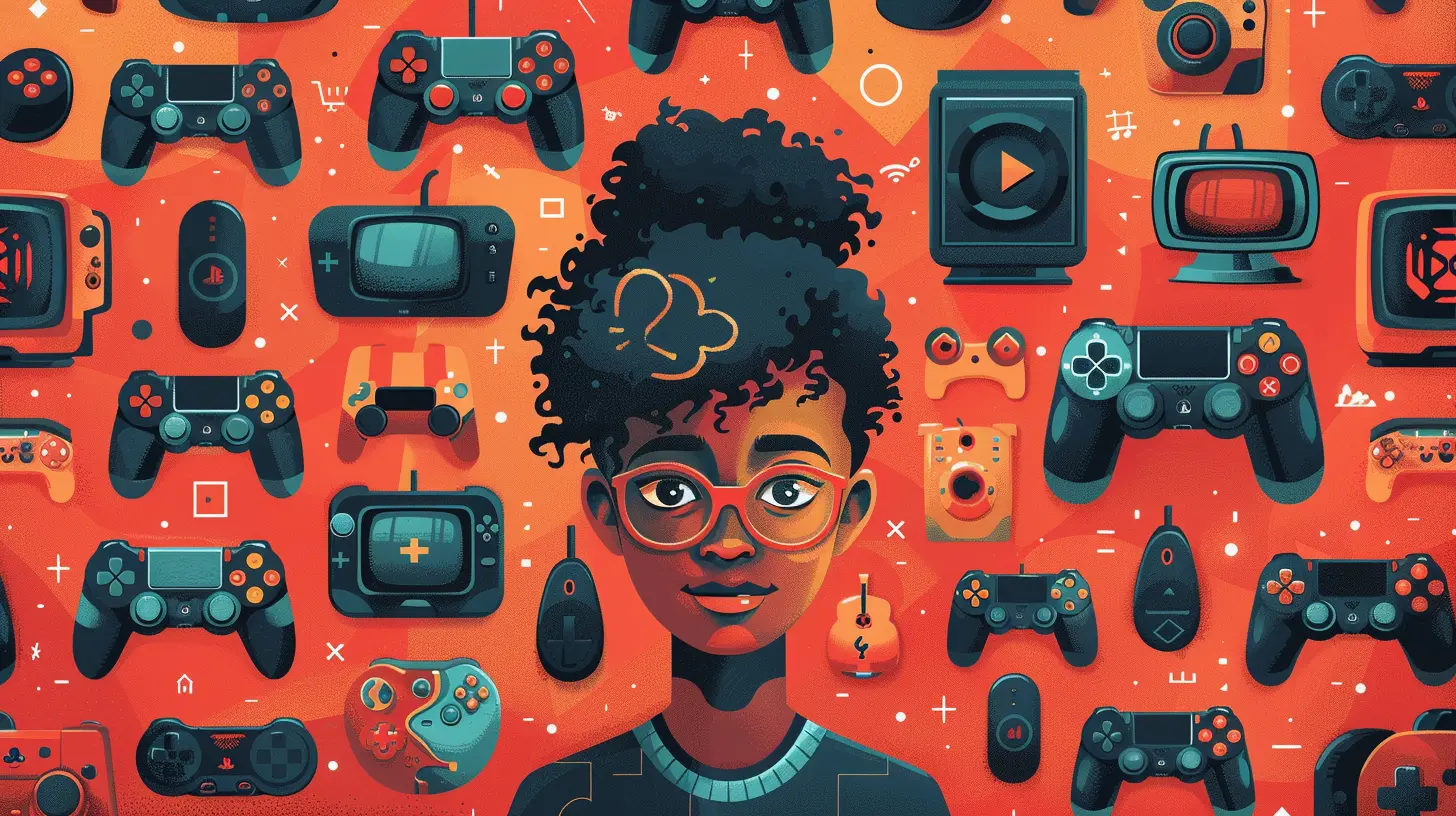
The Role of Developers: Walking the Talk
Inclusive Design Starts with the Development Team
Developers are the architects of the gaming worlds we love, so it makes sense that diversity on development teams leads to more inclusive games. Companies like Ubisoft and Naughty Dog have begun implementing diversity initiatives, but meaningful change takes time (and effort).For example, having diverse writers and artists on the team can ensure that cultural themes and identities are portrayed with nuance and respect. It’s not just about ticking a box. It’s about embedding authenticity into every pixel.
Accessibility is Key
Inclusivity isn’t just about representation; it’s also about accessibility. Think about it—what good is a beautifully diverse game if people with disabilities can’t play it? Titles like The Last of Us Part II have made waves for their groundbreaking accessibility features, proving that designing for everyone isn’t just possible—it’s essential.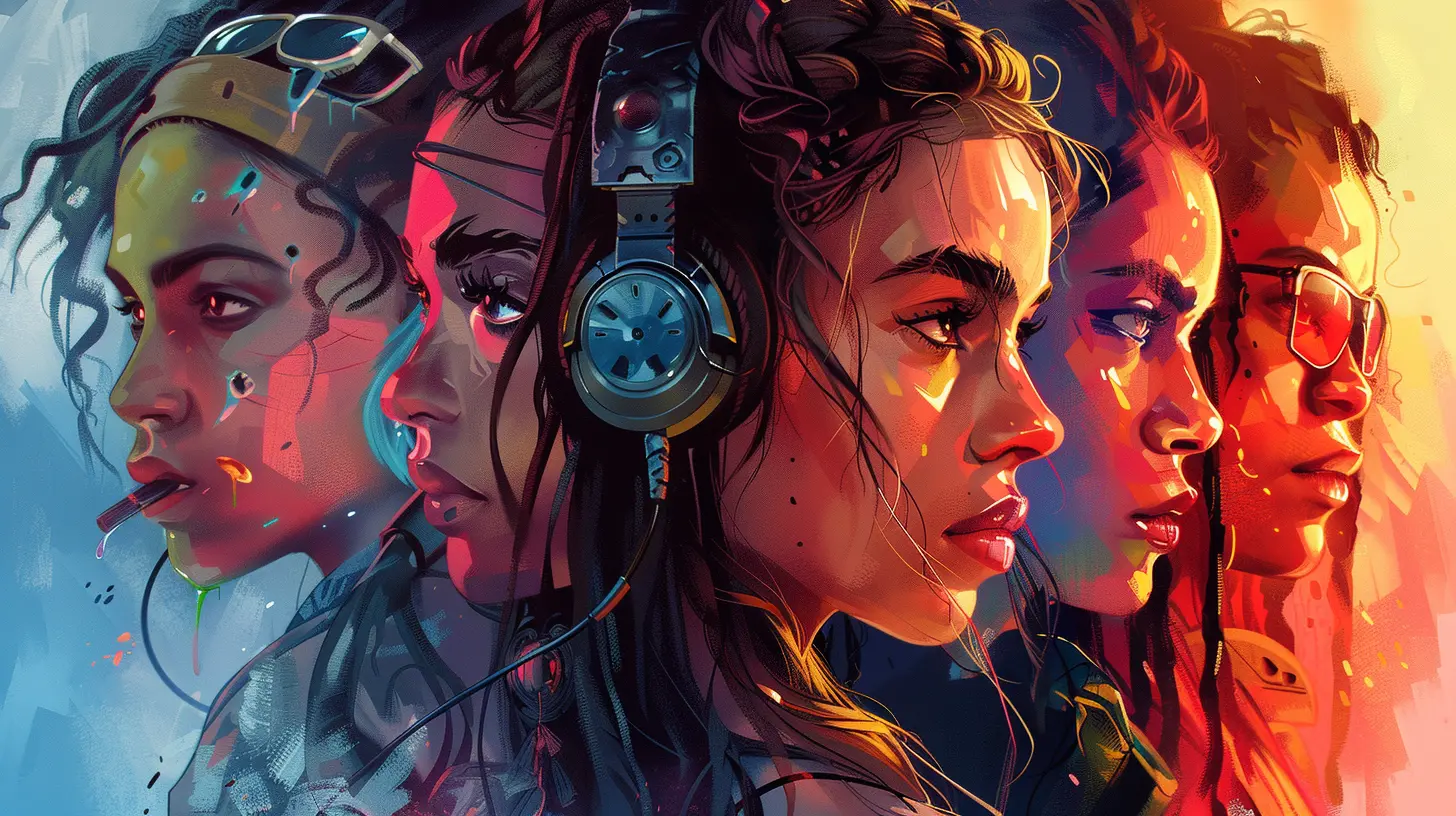
The Role of the Community: Power in Numbers
Diversity and inclusion aren’t battles that developers can—or should—fight alone. The gaming community plays a massive role in pushing for change. Gamers have the power to demand better representation by supporting inclusive titles and calling out problematic ones.Remember the backlash to titles that perpetuate harmful stereotypes? It’s a clear reminder that developers are paying attention to what players want. When communities rally behind games that celebrate inclusivity, they send a message loud and clear: diversity sells.
But let’s also talk about fostering safe spaces. Toxicity in gaming communities can undermine any progress made on the diversity front. The more we promote mutual respect online, the more welcoming the gaming world becomes for players of all identities.
Tackling the Challenges
Of course, achieving diversity and inclusion is no easy feat. It’s like solving a puzzle with missing pieces.Budget Constraints
Developers often cite budget limitations as a reason for sticking with the “safe” choice—mainstream characters and storylines that have proven to sell well in the past. But here’s the thing: inclusivity doesn’t have to break the bank. It’s more about intention than resources.Fear of Backlash
Another hurdle? Fear of backlash. Let’s be real—every time a game introduces diverse characters, there’s a vocal minority that has a problem with it. But guess what? Change has always faced resistance. The key is to not let fear overshadow progress.The Future of Diversity and Inclusion in Gaming
If you’re wondering what’s next, the future looks promising—but it’s going to take concerted effort to keep the momentum going. Indie developers are doing a lot of the heavy lifting right now, creating innovative and inclusive games that push boundaries. Major studios need to follow their lead.Technology is also opening up new avenues for inclusivity. Think about virtual reality (VR) and augmented reality (AR). These tools could be game-changers (pun intended) in how diverse stories are told and experienced.
What’s more, as the industry continues to globalize, we’ll see even more cultures and perspectives making their way into mainstream gaming. It’s an exciting time, but only if we keep pushing for equality, representation, and accessibility.
Final Thoughts
Diversity and inclusion in the gaming industry isn’t just a trend—it’s a necessity. After all, games are for everyone, so they should reflect everyone. It’s about more than just having a checkbox for diversity—it’s about authenticity, creativity, and fairness in storytelling.Whether you’re a developer, a gamer, or just someone who loves a great story, we all have a part to play in shaping the future of gaming. So, let’s pick up our proverbial swords and shields and keep fighting for a gaming industry that truly celebrates the richness of the human experience.
all images in this post were generated using AI tools
Category:
Gaming IndustryAuthor:

Emery Larsen
Discussion
rate this article
2 comments
Faye McEvoy
Great article! Emphasizing diversity and inclusion enriches gaming and fosters creativity. Let's continue championing diverse voices and stories in gaming!
September 10, 2025 at 3:50 AM

Emery Larsen
Thank you! I appreciate your support for diversity and inclusion in gaming—it truly enhances creativity and innovation. Let's keep championing diverse voices together!
Calder McFarlane
Diversity enriches gaming experiences; inclusivity fosters creativity and connection among players.
June 21, 2025 at 3:45 AM

Emery Larsen
Absolutely! Diversity and inclusivity not only enhance gameplay but also foster a richer community and innovative ideas within the gaming industry.
